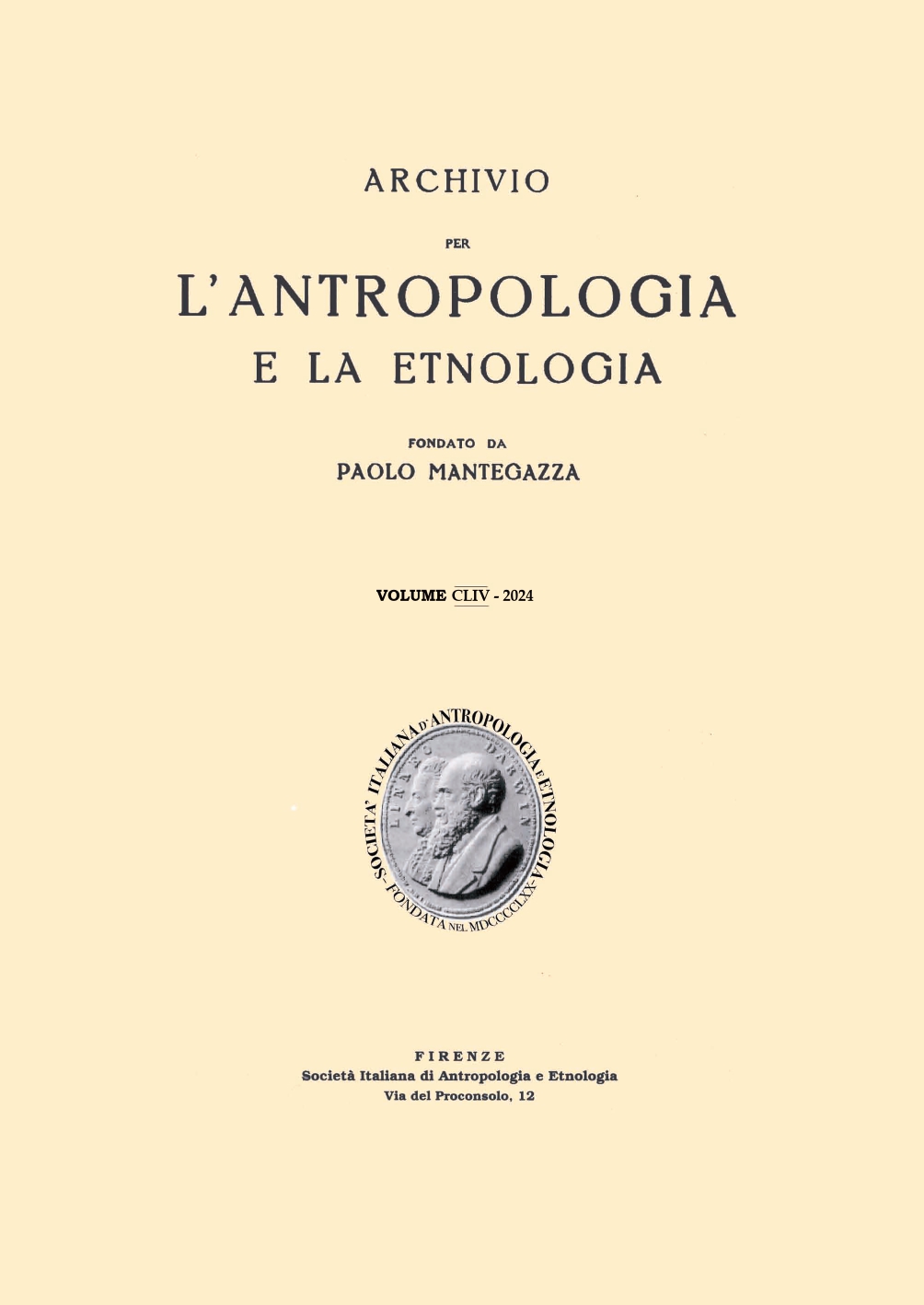
Published 2024-11-19
Keywords
- forensic anthropology,
- facial reconstruction,
- superstitions,
- anomalous burial,
- revenant
How to Cite
Copyright (c) 2024 Matteo Borrini

This work is licensed under a Creative Commons Attribution 4.0 International License.
Abstract
In 2006 an archaeological excavation on Lazzaretto Nuovo Island (Venice, Italy) uncovered an anomalous grave dated by stratigraphic evidence to the 1576 plague pandemic. The human remains (ID 6) were interred with a brick placed in the mouth, indicative of historical practices against «undead» and vampires. A multidisciplinary study incorporating forensic, anthropological, folkloric, and chemical analyses reconstructed the life and death of this individual, informally named Carmilla. Facial approximation,
performed using rigorous forensic techniques on a 3D-printed replica of the skull, brought Carmilla's visage to life for a National Geographic documentary. This comprehensive investigation underscores the integration of various scientific disciplines to demystify
historical superstitions, shedding light on the societal reactions to plague pandemics and the resulting folklore. The case of Carmilla exemplifies how forensic science and archaeology can collaboratively reconstruct and humanize historical narratives, providing profound insights into the cultural and biological history of past populations. The study demonstrates the importance of using interdisciplinary approaches to understand the complexities of human history and superstitious beliefs.
